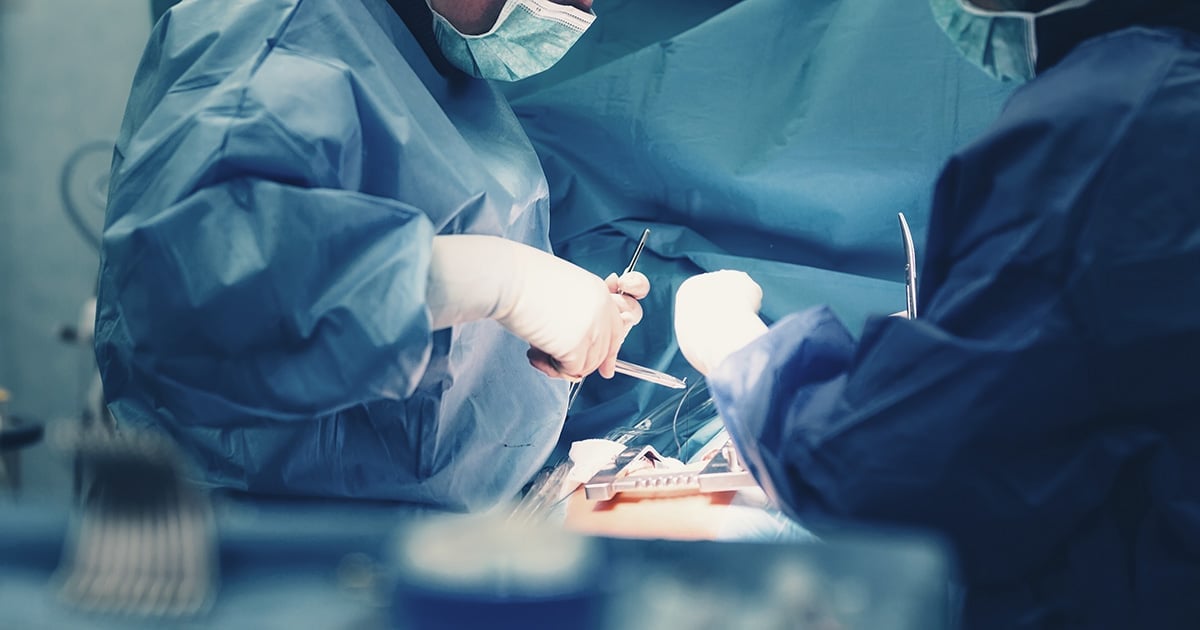Cardiac catheterization, balloon angioplasty and stent placement

Cardiac catheterization, balloon angioplasty and stent placement
Coronary artery disease develops when inner layer of coronary arteries, major blood vessels that supply blood, oxygen and nutrients to the heart become damaged. The damage may be caused by various factors including smoking, high blood pressure, high cholesterol, diabetes and related lifestyles. Once the inner wall of an artery is injured, fatty deposits (known as atherosclerotic plaque) made of fat, cholesterol, calcium and other cellular substances tend to accumulate at the site of injury, called atherosclerosis. When plaque builds up, it narrows coronary arteries, resulting in decreased blood flow to the heart. Insufficient blood flow may cause chest pain (angina), shortness of breath or other coronary artery disease signs and symptoms. Furthermore, atherosclerotic plaque instability causes the surface of the plaque to break or rupture, leading platelet aggregation which aims to repair the damaged artery. This clump of platelets can block the artery and might eventually lead to a heart attack.
Balloon angioplasty and stents
Procedures to restore and improve blood flow involve balloon angioplasty and stent placement (percutaneous coronary revascularization). Balloon angioplasty has been increasingly used due to its superior advantages including less invasive procedure with improved outcomes and enhanced safety. Balloon angioplasty is a minimally invasive, endovascular procedure to widen narrowed or obstructed arteries caused by atherosclerotic plaque. It involves temporarily inserting and inflating a tiny balloon where artery is clogged to help widen the artery. During the procedure, a long, thin tube (guiding catheter) that has a small balloon on its tip is inserted into the narrowed part of the artery through vessels in the groins or arms. A wire with a deflated balloon is passed through this catheter to the narrowed or blocked area. The balloon is then inflated, compressing the deposits against the artery walls and opening the blocked arteries, resulting in restored blood flood to the heart. After inflation, balloon is then removed. In case of severe blockage, angioplasty is often combined with the permanent placement of a stent, a small wire mesh tube to help opening the arteries and decreasing the chance of narrowing again. Some stents are coated with medication to help keep your artery open (drug-eluting stents), while others are not (bare-metal stents). Drug-eluting stents slowly releases a anti-proliferative drug to block cell proliferation. This prevents fibrosis formation that, together with clots, could otherwise block the stented artery, a process called restenosis. Thus drug-eluting stents help and enhancing safety and efficacy as well as preventing stent restenosis. In a combination with antiplatelet therapy, it has significantly improved treatment outcomes. However, drug-eluting stents are considerably expensive, compared to bare-metal stents. So the stent selection will be considered individually.

Advantages of balloon angioplasty and stents
- Reduced chances of operative complications from coronary artery bypass surgery that uses a vessel from another part of the body. Since bypass surgery is open-heart surgery which is performed under general anesthesia, it is most often reserved for cases of multiple narrowed coronary arteries.
- A faster recovery time with a shorter hospital stay (only 1-2 days). Patient can return to daily life and activities quicker.
- The procedure can be performed several times in case that narrowed vessels might happen again in the future.
Limitations of balloon angioplasty and stents
- Some arterial blockage characteristics do not allow balloon angioplasty and stent placement to be suitably performed.
- Chances to develop re-narrowing of the treated artery (restenosis) due to natural proliferation and healing process of the body.

